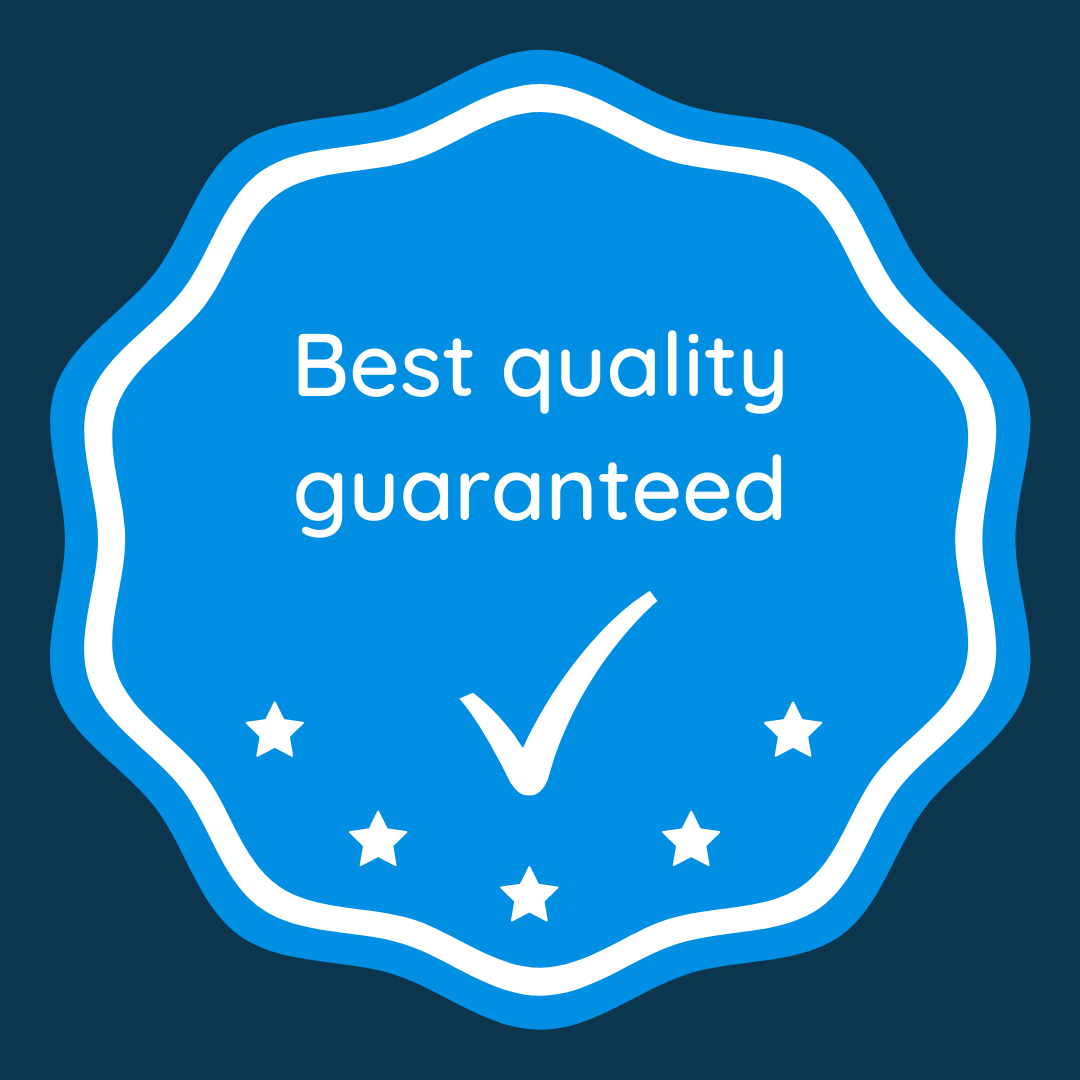
Being able to think strategically, and to see the bigger picture, are attributes that every great leader should possess. With strategic thinking, you can create the future for yourself and your employees. It helps you to identify opportunities for change, and take advantage of them. This, in turn, increases market share and profitability, and makes your business more durable.
Dealing with limited resources of money, people and time is a fact of life for all businesses, even giant corporations. Strategic thinking enables you to determine how to use these resources most effectively and advance the company toward its objectives.
Strategic thinking is a mindset of anticipating unforseen changes and having plans in place to deal with them. Reacting quickly allows you to take advantage of opportunities and minimize the damage of unexpected negative events. The most successful companies employ strategic thinking skills throughout the year.
If you want to boost your strategic thinking skills be sure to enroll for our training course!

Being able to think strategically, and to see the bigger picture, are attributes that every great leader should possess. With strategic thinking, you can create the future for yourself and your employees. It helps you to identify opportunities for change, and take advantage of them. This, in turn, increases market share and profitability, and makes your business more durable.
Dealing with limited resources of money, people and time is a fact of life for all businesses, even giant corporations. Strategic thinking enables you to determine how to use these resources most effectively and advance the company toward its objectives.
Strategic thinking is a mindset of anticipating unforseen changes and having plans in place to deal with them. Reacting quickly allows you to take advantage of opportunities and minimize the damage of unexpected negative events. The most successful companies employ strategic thinking skills throughout the year.
If you want to boost your strategic thinking skills be sure to enroll for our training course!
By the end of the course delegates will be able to:
Training program: Strategic Thinking
Introduction
Phases of strategic thinking
Gathering, analyzing information and defining strategic initiatives
Generating creative ideas and solutions
Selecting the best solution(s)
Summary of the training and individual action plans: START-STOP-CONTINUE
Training program: Strategic Thinking
Introduction
Phases of strategic thinking
Gathering, analyzing information and defining strategic initiatives
Generating creative ideas and solutions
Selecting the best solution(s)
Summary of the training and individual action plans: START-STOP-CONTINUE
The training follows the Kolb cycle and the ABL method (Activity Based Learning).
Participants take part in activating exercises preceded by the necessary theoretical introduction.
Participants have the opportunity to self-diagnose and receive feedback from the trainer.
The trainer presents knowledge using 3 channels of information transfer - sight, movement, hearing.
Discussion panel, group and individual exercises, presentation, role playing, case studies and review films.







1. Based on deeply analyse of your training needs, we will recommend you best trainer and programme offer.
2. Through the whole project, there’s gonna be an account manager to take care of your needs.
3. Participants will get all the necessary training materials in very attractive form.
4. We guarantee using variety of training methods through the whole project.
5. Your project will be closed with after training report containing evaluation and reccomendations for the future.

Call us
Write an e-mail
Podczas odwiedzania jakiejkolwiek strony internetowej, może ona przechowywać lub pobierać informacje z przeglądarki, głównie w formie plików cookie. Informacje te mogą dotyczyć użytkownika, jego preferencji lub urządzenia i są najczęściej wykorzystywane w celu zapewnienia, że witryna będzie działać tak, jak tego oczekują użytkownicy. Informacje zazwyczaj nie identyfikują bezpośrednio użytkownika, ale mogą zapewnić mu bardziej spersonalizowane doświadczenie w sieci. Ponieważ szanujemy prawo użytkownika do prywatności, użytkownik może zrezygnować z akceptowania niektórych rodzajów plików cookie. Aby dowiedzieć się więcej i zmienić nasze ustawienia domyślne, należy kliknąć na poszczególne nagłówki kategorii. Jednakże blokowanie niektórych rodzajów plików cookie może mieć wpływ na doświadczenia użytkownika związane z witryną i usługami, które możemy zaoferować.
Administratorem danych osobowych jest Human Skills Iwona Firmanty z siedzibą ul. Rembielinska 12 lok.19, 03-343 Warszawa, NIP: 672-176-19-10, REGON 142332440, adres korespondencyjny, ul. Widok, nr 18, lok. 2, 00-023 Warszawa. Jeśli chcesz uzyskać więcej informacji na temat przetwarzania danych osobowych i przysługujących Ci praw, zapoznaj się z naszą polityką prywatności. Informacje na temat udostępniania danych z plików cookie, w tym także udostępnienia informacji dla Google, znajdziesz w naszej polityce cookies.
| Cookie | Duration | Description |
|---|---|---|
| apbct_headless | never | Cleantalk set this cookie to detect spam and improve the website's security. |
| apbct_page_hits | never | CleanTalk sets this cookie to prevent spam on comments and forms and act as a complete anti-spam solution and firewall for the site. |
| apbct_pixel_url | never | Clean Talk sets this cookie to make WordPress anti-spam cookies, e.g., spam on forms and comments. |
| apbct_urls | never | CleanTalk Spam Protect sets this cookie to prevent spam on our comments and forms and acts as a complete anti-spam solution and firewall for this site. |
| apbct_visible_fields | never | CleanTalk sets this cookie to prevent spam on the site's comments/forms, and to act as a complete anti-spam solution and firewall for the site. |
| cookielawinfo-checkbox-advertisement | 1 year | Set by the GDPR Cookie Consent plugin, this cookie records the user consent for the cookies in the "Advertisement" category. |
| cookielawinfo-checkbox-analytics | 1 year | Set by the GDPR Cookie Consent plugin, this cookie records the user consent for the cookies in the "Analytics" category. |
| cookielawinfo-checkbox-functional | 1 year | The GDPR Cookie Consent plugin sets the cookie to record the user consent for the cookies in the category "Functional". |
| cookielawinfo-checkbox-necessary | 1 year | Set by the GDPR Cookie Consent plugin, this cookie records the user consent for the cookies in the "Necessary" category. |
| cookielawinfo-checkbox-others | 1 year | Set by the GDPR Cookie Consent plugin, this cookie stores user consent for cookies in the category "Others". |
| cookielawinfo-checkbox-performance | 1 year | Set by the GDPR Cookie Consent plugin, this cookie stores the user consent for cookies in the category "Performance". |
| CookieLawInfoConsent | 1 year | CookieYes sets this cookie to record the default button state of the corresponding category and the status of CCPA. It works only in coordination with the primary cookie. |
| ct_has_scrolled | never | CleanTalk sets this cookie to store dynamic variables from the browser. |
| ct_pointer_data | never | CleanTalk sets this cookie to prevent spam on the site's comments/forms, and to act as a complete anti-spam solution and firewall for the site. |
| ct_timezone | never | CleanTalk–Used to prevent spam on our comments and forms and acts as a complete anti-spam solution and firewall for this site. |
| elementor | never | The website's WordPress theme uses this cookie. It allows the website owner to implement or change the website's content in real-time. |
| wpEmojiSettingsSupports | session | WordPress sets this cookie when a user interacts with emojis on a WordPress site. It helps determine if the user's browser can display emojis properly. |
| Cookie | Duration | Description |
|---|---|---|
| ct_checked_emails | never | Clean Talk sets this cookie to prevent spam on the site's comments or forms. |
| ct_checkjs | never | Clean Talk sets this cookie to prevent spam on the site's comments or forms. |
| ct_fkp_timestamp | never | Clean Talk sets this cookie to prevent spam on the site's comments or forms. |
| ct_ps_timestamp | never | Clean Talk sets this cookie to prevent spam on the site's comments or forms. |
| ssupp.vid | 6 months | Cookie set by Smartsupp to record the visitor ID. |
| Cookie | Duration | Description |
|---|---|---|
| _ga | 1 year 1 month 4 days | Google Analytics sets this cookie to calculate visitor, session and campaign data and track site usage for the site's analytics report. The cookie stores information anonymously and assigns a randomly generated number to recognise unique visitors. |
| _ga_* | 1 year 1 month 4 days | Google Analytics sets this cookie to store and count page views. |
| _gcl_au | 3 months | Google Tag Manager sets the cookie to experiment advertisement efficiency of websites using their services. |
| ct_screen_info | never | CleanTalk sets this cookie to complete an anti-spam solution and firewall for the website, preventing spam from appearing in comments and forms. |
| Cookie | Duration | Description |
|---|---|---|
| gr83p_59db3877322f17e6c0092c106bdf75dd | 2 months | Getresponse sets this cookie to collect information through the website’s pop-up questionnaires and messengering for marketing purposes. |
| test_cookie | 15 minutes | doubleclick.net sets this cookie to determine if the user's browser supports cookies. |
| VISITOR_INFO1_LIVE | 6 months | YouTube sets this cookie to measure bandwidth, determining whether the user gets the new or old player interface. |
| VISITOR_PRIVACY_METADATA | 6 months | YouTube sets this cookie to store the user's cookie consent state for the current domain. |
| YSC | session | Youtube sets this cookie to track the views of embedded videos on Youtube pages. |
| yt-remote-connected-devices | never | YouTube sets this cookie to store the user's video preferences using embedded YouTube videos. |
| yt-remote-device-id | never | YouTube sets this cookie to store the user's video preferences using embedded YouTube videos. |
| yt.innertube::nextId | never | YouTube sets this cookie to register a unique ID to store data on what videos from YouTube the user has seen. |
| yt.innertube::requests | never | YouTube sets this cookie to register a unique ID to store data on what videos from YouTube the user has seen. |
| Cookie | Duration | Description |
|---|---|---|
| axdidli9 | 5 days | Description is currently not available. |
| nfb88d2z | 5 days | Description is currently not available. |
| nitroCachedPage | session | Description is currently not available. |
| niz22c6e | 5 days | Description is currently not available. |
| oh3a7jj2 | 5 days | Description is currently not available. |
| timeout | 12 hours | No description available. |
| webformv2_opened_90032804 | 4 months | Description is currently not available. |